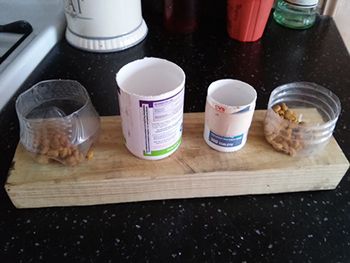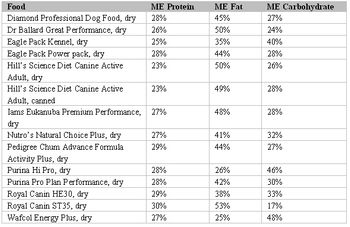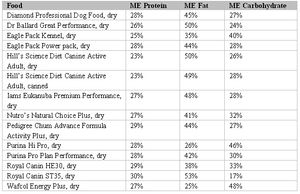
This easy-to-assemble food puzzle comes to you courtesy of a Firstline reader.

This easy-to-assemble food puzzle comes to you courtesy of a Firstline reader.

Many hospitalized and critical care pets are at risk for becoming severely malnourished because they lack the appetite or the ability to eat. By instituting nutritional support you want to meet the pets' nutritional requirements, and if possible prevent additional deterioration.

MYTH: Meat by-products are inferior in quality compared to whole meat in a diet.

In their natural environment, cats are an obligate carnivore, meaning that their nutritional needs are met by eating a diet that consists of animal-based proteins (i.e. mice, birds). How have our efforts to domesticate cats been affected by this dietary requirement?

Addressing the nutritional needs of our hospitalized and critical care patients can dramatically improve their outcomes, but also allows them to return home sooner. Oral enteral nutrition is the ideal route, but if the patient is unable or unwilling to consume at least 85% of their calculated resting energy requirements (RER) than another route needs to be utilized.

People have spent much time and energy over the years molding dogs into various shapes to suit our needs; The Illustrated Encyclopedia of Dog Breeds lists 91 hound breeds, 43 working breeds, 44 herding breeds, 49 gun dogs and 31 terrier breeds. Due to our changing life style, many of these breeds are no longer needed for what they were bred.

Does the use of feeding tubes have a place in everyday practice? We are all familiar with the use of feeding tubes for Hepatic Lipidosis cats, but how many times do we deal with the older animal with no obvious physical problem other than an unwillingness to eat adequate (in our opinion) amounts of food?

Published: August 1st 2010 | Updated:

Published: August 1st 2010 | Updated:

Published: August 1st 2010 | Updated:

Published: August 1st 2010 | Updated:

Published: August 1st 2010 | Updated:

Published: August 1st 2010 | Updated: